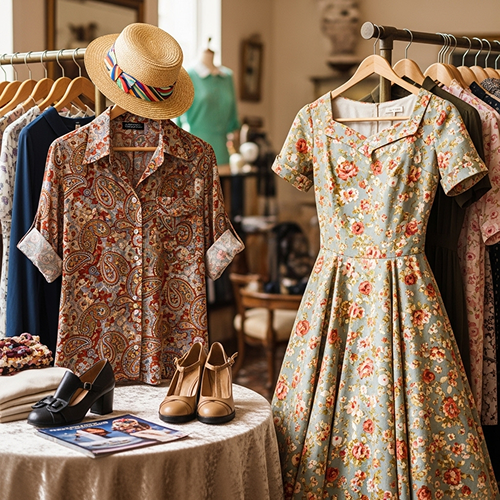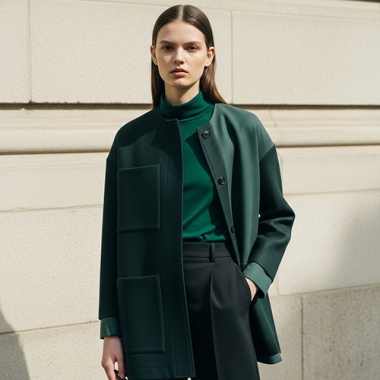In the ever-evolving landscape of fashion, where trends come and go with dizzying speed, tailoring stands as an unwavering pillar of enduring elegance. Far from being confined to formal wear, the principles of tailoring – precision, fit, and structure – form the very bedrock of a sophisticated wardrobe, offering a timeless appeal that transcends fleeting fads. It’s an art form that transforms fabric into a second skin, enhancing the wearer’s silhouette and exuding an undeniable sense of confidence and polish.
At its essence, tailoring is about crafting garments that are perfectly proportioned and fitted to the individual body. This meticulous process involves careful measurements, precise cutting, and skilled stitching, resulting in clothes that drape beautifully and move with the wearer. While bespoke tailoring, where a garment is made entirely from scratch for one person, represents the pinnacle of this craft, the influence of tailoring extends to ready-to-wear pieces, where attention to cut and fit elevates even mass-produced items.
The appeal of tailored clothing is multifaceted. Firstly, there’s the unparalleled fit. A well-tailored jacket, a perfectly cut pair of trousers, or a precisely fitted dress can dramatically enhance one’s appearance. It smooths lines, creates flattering proportions, and highlights the best aspects of the wearer’s physique. Unlike ill-fitting garments that can look sloppy or uncomfortable, tailored pieces convey an immediate sense of professionalism and attention to detail, making the wearer appear more composed and authoritative.
Secondly, structure and form are hallmarks of tailoring. Tailored garments often feature internal construction elements like interlining, padding, and canvassing, which give them shape and help them retain their form over time. This structure contributes to a crisp, clean silhouette that exudes sophistication. A structured blazer, for instance, can instantly elevate a casual outfit, adding a touch of formality and refinement without being overly stiff. This architectural quality of tailored clothing is what gives it its powerful visual impact.
Beyond aesthetics, tailored pieces are often synonymous with quality and durability. The meticulous construction and use of high-quality fabrics mean that tailored garments are built to last. Investing in a well-made tailored suit or a classic tailored coat is not just a purchase; it’s an investment in a piece that will serve you for years, if not decades. This longevity makes tailoring a sustainable choice, counteracting the disposable nature of much of modern fashion by promoting thoughtful consumption and appreciation for craftsmanship.
The versatility of tailoring is also a key factor in its enduring appeal. While traditionally associated with business and formal occasions, tailored pieces have seamlessly integrated into everyday wardrobes. A tailored blazer can be dressed down with jeans and sneakers for a smart-casual look. Tailored trousers, once reserved for the office, are now paired with knitwear or T-shirts for an elevated relaxed style. This adaptability allows individuals to incorporate the polish of tailoring into various aspects of their lives, blurring the lines between formal and informal wear.
The process of tailoring, whether it’s a full bespoke experience or simply having ready-to-wear items altered, fosters a deeper appreciation for clothing. It encourages individuals to think about how clothes fit their bodies and how they want to present themselves to the world. It’s a move away from generic sizing towards a more personalized and flattering approach to dressing. In a world that often prioritizes speed and convenience, the art of tailoring reminds us of the value of precision, quality, and the timeless elegance that comes from clothes made to truly fit. It is, and always will be, a cornerstone of impeccable style.



